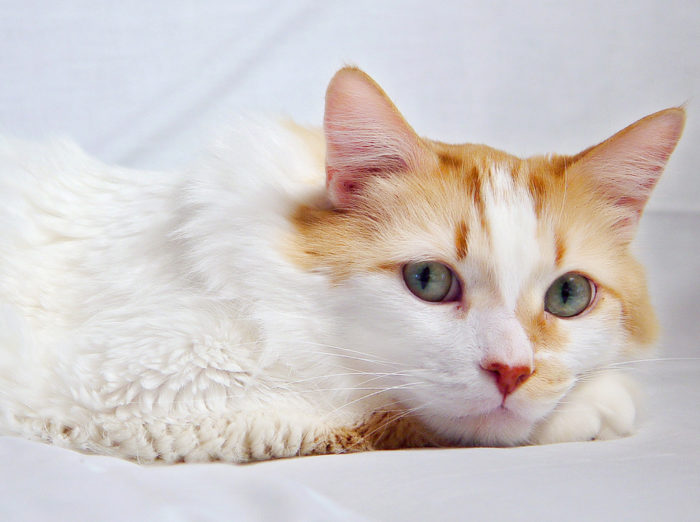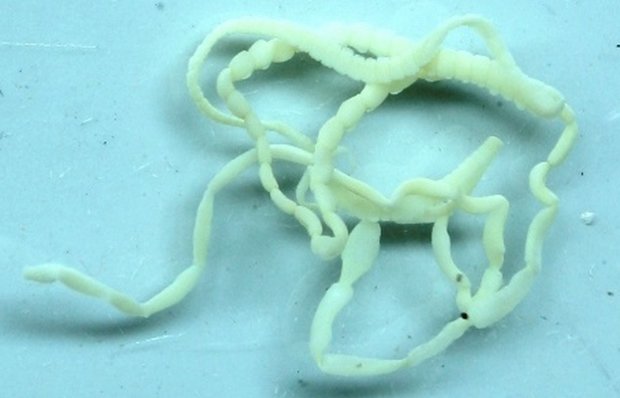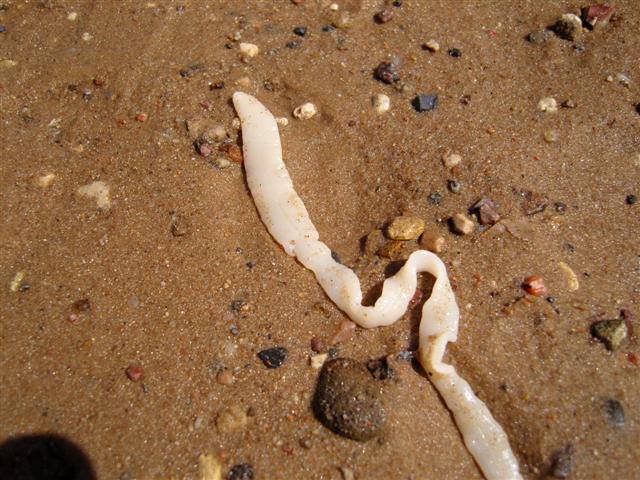On green grass and warm sand, in fish and meat, on fruits and vegetables, in water and even in the air – they are everywhere. If you examine the nearest flower bed under a microscope – insomnia is provided. Worms of pets, even those who live in cleanliness, who feed on industrial food and who never leave home, are not uncommon. And what about cats that walk by themselves?
Many worms are transmitted to humans. Individual species, hitting the human body, grow up to several meters in length! An abominable worm, wriggling, biting with hooked outgrowths, suckers or thorns, eating blood and tissue organs – already scary? Then it’s time to find out how to get the worms out of the animal and how to protect the python from the vile parasites.
Contents
Ways of infection
Cats swallow eggs of worms, eating raw fish or meat. In addition, a cat can swallow a parasite by drinking water from a river or puddle. Many types of worms are transmitted through feces. Licking, the cat swallows eggs, adhering to the paws. People bring parasites into the house on clothes and shoes. Even after chewing a blade of grass or bug a beetle, a cat can become infected with helminths. Worms from cats to humans are transmitted in most cases through feces and saliva.
What are dangerous worms?
Parasites living in the blood and tissues of the body – not just disgusting, but also dangerous. Helminths feed on lymph, blood and tissues of organs, depleting the body of the carrier. All types of worms release into the body substances that cause intoxication. The dead parasites decompose, which also leads to poisoning. Serious allergic reactions are possible. Devices for fixing helminths injure tissues, which can lead to necrosis and even to rupture of the organ or blood vessel. Dangerous signs of worms – constipation and swollen abdomen – speak of intestinal obstruction, which can lead to the death of the python (the worms multiplied so much that they beat the lumen of the intestine).
General symptoms
If prophylaxis is carried out regularly, the symptoms are less pronounced, since worms do not have time to multiply in large numbers. And vice versa: ignoring preventive measures leads to the strongest infection often by several species of helminths. Common symptoms: dull hair, discharge from the eyes, weakness, constipation or diarrhea, tight belly, unnatural smell from the mouth. Worms cause a violation of appetite: some pythomies greedily and eat a lot, without gaining weight or even losing weight, others sluggishly eat only tasty dishes.
Before applying the medicine, you need to consult with a specialist:
- the listed symptoms may appear as a result of a disease not associated with helminths;
- if the helminths are too many or they are very large, the dead worms, having begun to decompose, can kill the cat. The veterinarian will tell you how to withdraw the worms from a cat without damaging the pet, prescribe a set of drugs that help the body cope with intoxication, prescribe antihistamines;
- only the veterinarian can choose a drug after laboratory examination of the material, since tablets from worms for cats contain a limited amount of active substances, which are not always appropriate in this case.
Types of worms in cats
In form and size, the methods of reproduction and nutrition of helminths are divided into three types: roundworms, tape and flukes. We suggest getting to know the enemy more closely.
Round worms are long-stretched parasites, round in cross section (like a rain worm). Nematodes or white worms in cats more often than other species are found in the feces of the pitomis when harvesting the tray.
Ancylostoma long parasites that live in the intestines and feed on blood. Larvae penetrate the body, penetrating through the skin, eggs enter the esophagus through the mouth. Symptoms: thirst, decreased activity and appetite, vomiting and / or diarrhea with blood, cough.
Toksokary – five centimeter worms, who chose to live as an esophagus, intestine, gall bladder and liver. Infection: orally or in utero. These round worms in cats cause exhaustion, provoke vomiting, diarrhea, decreased appetite. In the body, the kitten develops rapidly, which often leads to rupture of the small intestine.
Belt helminths have a flattened body and a head equipped with suckers or chitinous hooks. The body of most species consists of segments within which eggs ripen. Almost all cestodes are dangerous for humans.
Pathogens of alveococcosis – small parasites not more than 5 mm in length. They enter the feline’s body when eating dead rodents. Adult pets live with these worms for years and feel great. However, parasitizing worms are transmitted to humans, and for humans this is a deadly danger. The disease is severe, chronic, difficult to diagnose. A person can die: liver tumors, metastases in the lungs, the brain and other organs. A vivid example of how a remedy for worms for cats can save not only the pet, but also the owner.
Cucumber strands feel comfortable both in the cat’s body and in the human body. Carriers are withers and fleas. In a cat, an adult worm grows to 30 cm, in a man up to one and a half meters! Large parasites with sharp hooks dig into the walls of the intestines, seriously damaging the mucous membranes. Signs of worms: a painful abdomen, irritability, leanness, insomnia, apathy, rumbling in the abdomen, vomiting and diarrhea.
Another giant is a wide ribbon. Cat’s organism is enough for him to grow up to a meter and a half, but in a man this parasite develops up to twelve meters. Can you imagine ?! One and a half meter in a small body! Infection occurs when a cat eats raw river fish or drinks water from a river, accidentally swallowing small crustaceans. Symptoms like when infected with cucumber chain.
Flukes rarely reach large sizes, but are extremely prolific. Trematodes or flat worms in cats usually have an irregular oval shape and tooth-fitted suckers, often in several rows.
The hepatic trematode, as the name implies, parasitizes the liver, attaching to the tissues of the organ. Sometimes small worms affect the gallbladder and pancreas. The cat becomes infected by eating raw river fish. Symptoms: weakness, unstable appetite, painful abdomen, diarrhea and / or vomiting of yellowish color, sometimes the temperature rises. The usual medicine in this case is not effective, complex treatment is necessary.
Pulmonary worms enter the body of a cat that eats shellfish, crabs and crayfish, drinking water from the river. Small worms less than a centimeter long form cysts in the lungs, destroying them. Symptoms: cough, fever, fever, wheezing in the chest, poor appetite.
How to save a cat?
Unfortunately, it is impossible to completely protect the cat from helminth infection. But it is possible to prevent the multiplication of parasites, not allowing them to cause serious damage to the health of the ptomes. To do this, you need to regularly use complex pills from worms: pets – every four months, walking – every three months. Kittens are given a sweet suspension at the age of three weeks and two weeks before the first inoculation. Deworming of adult animals is carried out two weeks before inoculation and before mating.
Prevention includes adherence to hygiene and some restrictions on the habits and diet of the pet:
- solid waste must be removed from the tray immediately;
- after changing the filler and cleaning the tray, wash your hands thoroughly;
- the bells on the collar will not let the cat catch a mouse or bird;
- you can not feed the pet raw meat and fish.
























